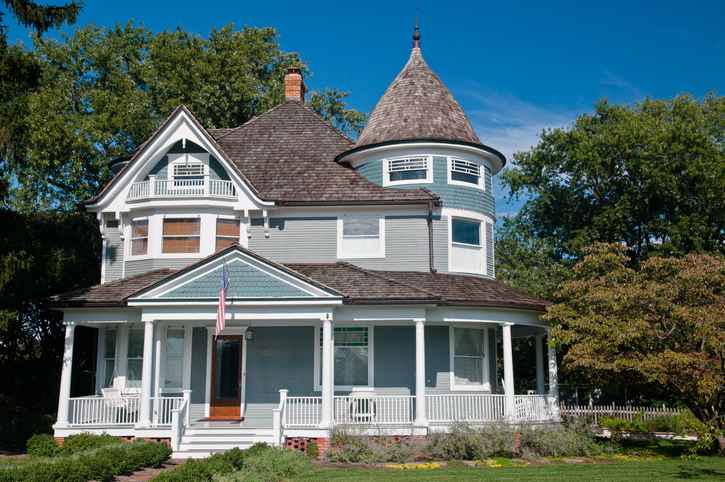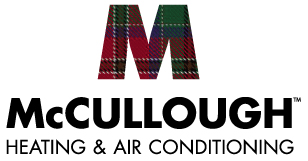4.8 Google Rating
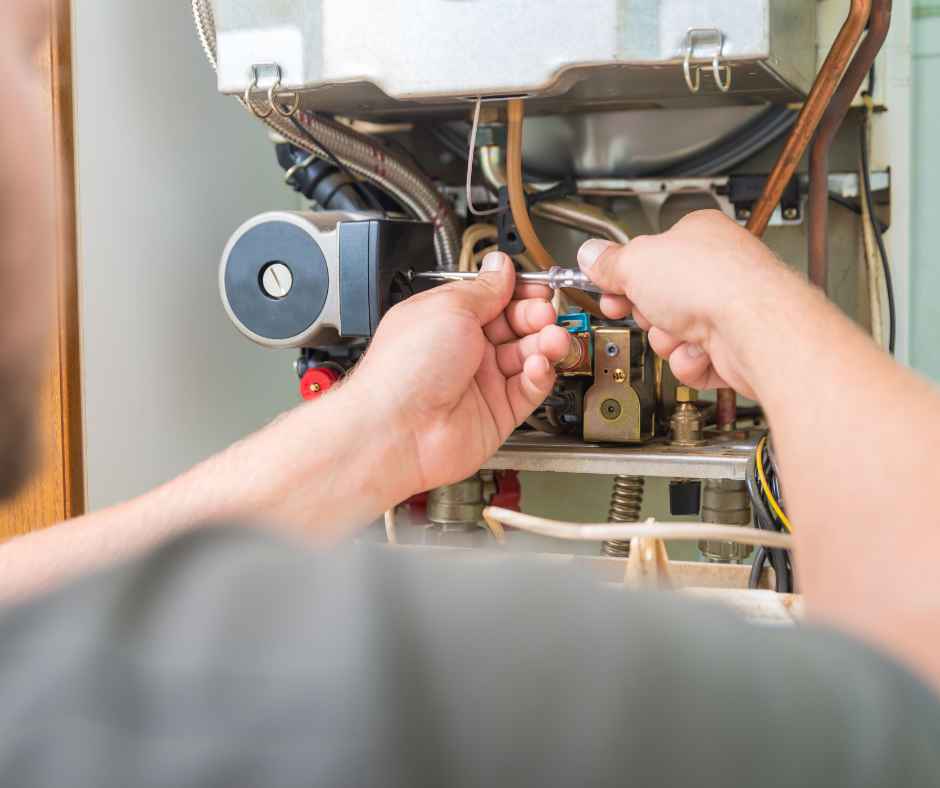
What Is a Cracked Furnace?
Your home’s furnace is a vital part of keeping your space warm and comfortable, especially during the colder months. However, like all mechanical systems, it can develop issues over time. One of the more serious problems homeowners might face is a cracked furnace. In this blog, we’ll explore what a cracked furnace is, why it happens, the potential dangers it poses, and what you should do if you suspect your furnace has a crack. Understanding these factors can help you take quick action and ensure your home remains safe and cozy.
What is a Cracked Furnace?
A cracked furnace typically refers to a crack in the heat exchanger. The heat exchanger is an essential part of your furnace—it’s responsible for transferring heat from the combustion process to the air that circulates through your home. Over time, wear and tear, as well as repeated heating and cooling cycles, can cause small cracks to form in the heat exchanger. This is what’s known as a crack in a furnace.
While cracks might seem like a minor issue at first, they can lead to serious problems, including decreased efficiency, increased energy bills, and dangerous safety risks.
Why Do Furnaces Crack?
Several factors can contribute to the formation of a crack in a furnace. One of the most common reasons is the age of the system. As furnaces get older, the materials they’re made of can weaken, making them more prone to cracking. In many cases, furnaces that are more than 15–20 years old are more likely to develop issues with the heat exchanger.
Another contributing factor is overheating. If the furnace is running too hot, it can put excess stress on the components, leading to cracks. This is often caused by airflow restrictions, such as dirty filters or blocked vents, which prevent the furnace from properly venting hot air. When the heat exchanger is exposed to such high temperatures regularly, the metal can expand and contract excessively, creating cracks over time.
Poor installation and improper maintenance can also lead to cracks in furnaces. If the system wasn’t installed correctly, or if regular maintenance has been neglected, components may wear out faster, leaving the furnace vulnerable to damage.
The Dangers of a Cracked Furnace
The primary danger of a cracked furnace is the potential for carbon monoxide (CO) leaks. The heat exchanger separates the air in your home from the gasses produced by the furnace, such as carbon monoxide, which is a byproduct of the combustion process. When the heat exchanger is cracked, it can allow carbon monoxide to escape into your home’s air supply.
Carbon monoxide is a colorless, odorless gas that can cause serious health issues, including headaches, dizziness, nausea, and in severe cases, even death. This is why detecting and addressing a crack in the furnace is crucial for your family’s safety. Homes with a furnace that’s more than a decade old should always have carbon monoxide detectors installed as a safeguard.
Another potential danger of a cracked furnace is the risk of fire. If the cracks are severe enough, they can allow flames or heat to escape from the combustion chamber, which could ignite nearby materials. While this is less common than carbon monoxide leaks, it is still a risk that should not be ignored.
Signs of a Cracked Furnace
Recognizing the warning signs of a cracked furnace can help you act quickly before the problem worsens. Here are some key indicators that may suggest you have a crack in your furnace:
- Strange Noises: If you hear unusual noises, such as rattling, banging, or clunking sounds coming from your furnace, this could be a sign of a cracked heat exchanger. These sounds often occur because the metal is expanding and contracting in unusual ways due to the crack.
- Foul Odors: If you notice a strong, metallic, or chemical smell when your furnace is running, it could indicate that the heat exchanger is cracked, and gasses are leaking out.
- Soot or Rust Around the Furnace: Cracks in the furnace can sometimes cause soot or rust to accumulate around the unit. If you see black soot or rusting near the furnace, it’s a good idea to have a professional inspect it.
- Yellow Burner Flame: The flame inside your furnace should typically burn blue. If the flame is yellow or flickering, this could be a sign that the furnace is producing excess carbon monoxide, potentially due to a crack in the heat exchanger.
- Increased Energy Bills: A cracked furnace often has to work harder to heat your home, leading to reduced efficiency. If you notice your energy bills are climbing for no apparent reason, a crack in the furnace might be the culprit.
- Carbon Monoxide Detector Alarm: If your carbon monoxide detector goes off, turn off your furnace immediately and call a professional. A cracked heat exchanger could be leaking carbon monoxide, which is a serious health hazard.
What to Do If You Suspect a Cracked Furnace
If you suspect your furnace may be cracked, it’s essential to take immediate action. The first step is to turn off the furnace and ventilate your home to prevent any potential carbon monoxide buildup. You should also evacuate the home if you suspect a carbon monoxide leak.
Next, contact a licensed HVAC professional to inspect the furnace. A qualified technician will be able to determine if there is a crack in the heat exchanger and recommend the best course of action. In some cases, the furnace may be repaired, but if the system is old or the damage is extensive, it may be more cost-effective to replace the unit.
Preventing Furnace Cracks
While furnaces can crack over time due to wear and tear, there are steps you can take to minimize the risk and extend the lifespan of your heating system:
- Schedule Regular Maintenance: Having your furnace inspected and serviced by a professional at least once a year can help catch potential problems early and keep your system running smoothly.
- Change Filters Regularly: Clogged filters can restrict airflow and cause your furnace to overheat, leading to cracks. Make sure to replace your furnace filters every 1–3 months, depending on usage.
- Check for Proper Ventilation: Ensure that all vents and registers are free from obstructions so that your furnace can heat your home efficiently and avoid overheating.
- Upgrade Old Furnaces: If your furnace is more than 15 years old, it might be time to consider upgrading to a more efficient model. Newer systems are less likely to develop cracks and come with improved safety features.
Conclusion: Stay Safe with McCullough Heating & Air Conditioning
A cracked furnace is a serious issue that can put your home and family at risk. From potential carbon monoxide leaks to higher energy bills, ignoring a crack in the furnace is never a good idea. If you notice any of the warning signs or simply want peace of mind, it’s essential to contact a professional.
Do you suspect your furnace might have a crack? Don’t wait until it becomes a more dangerous problem. Reach out to McCullough Heating & Air Conditioning today. Our team of experienced technicians can help diagnose any issues and provide the necessary repairs or replacements to keep your home safe and warm. Contact us for all your heating needs and ensure your furnace is working safely and efficiently!
Recent News

The Hidden Costs of Ignoring HVAC Duct Leaks in Austin’s Humid Climate

What Makes McCullough Heating & Air Conditioning the Right Choice for Austin Heating Needs

Why Texas Homeowners Are Upgrading to Heat Pumps in 2026: Efficiency & Tax Credit Insights
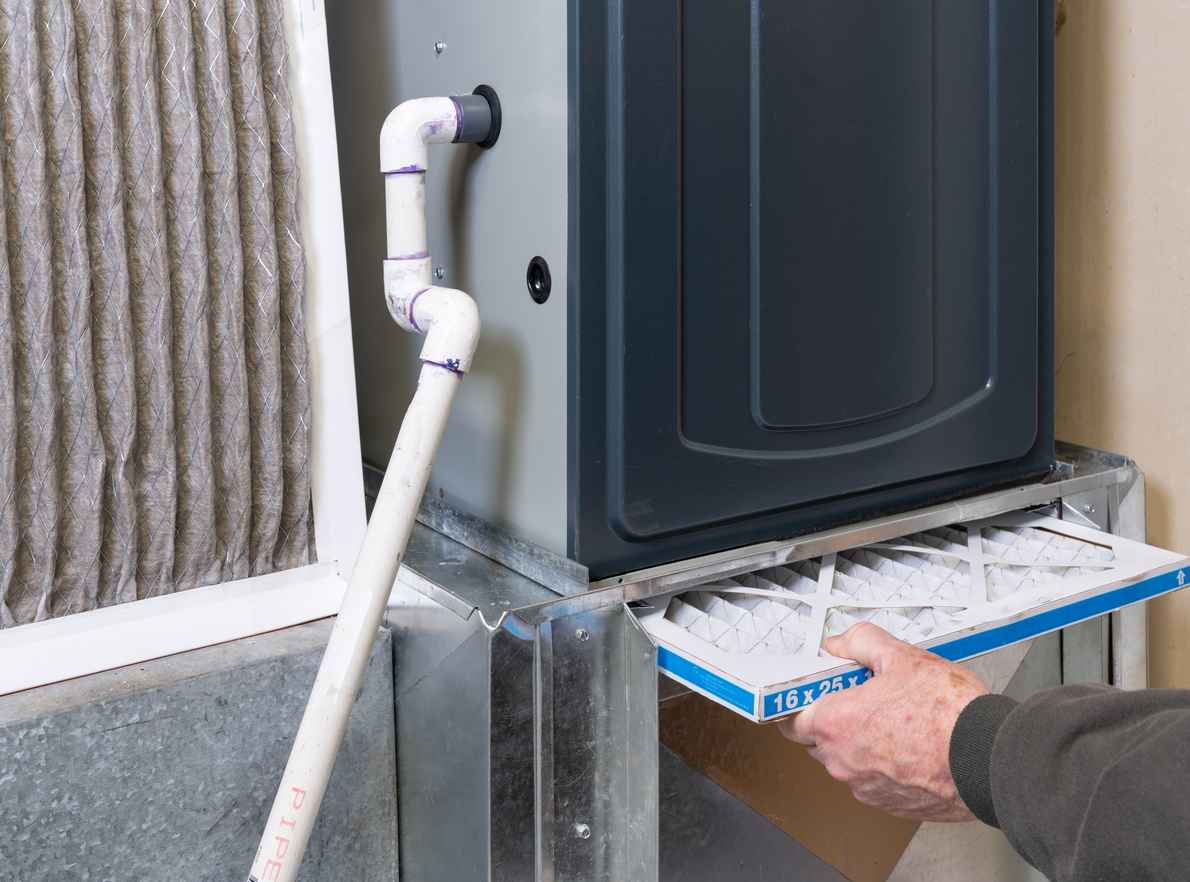
Is Your Furnace Ready for a Central Texas Winter? Austin Homeowners Should Check This First

Don’t Get Spooked by Strange HVAC Noises This Halloween: Austin’s Guide to a Fright-Free, Cozy Home
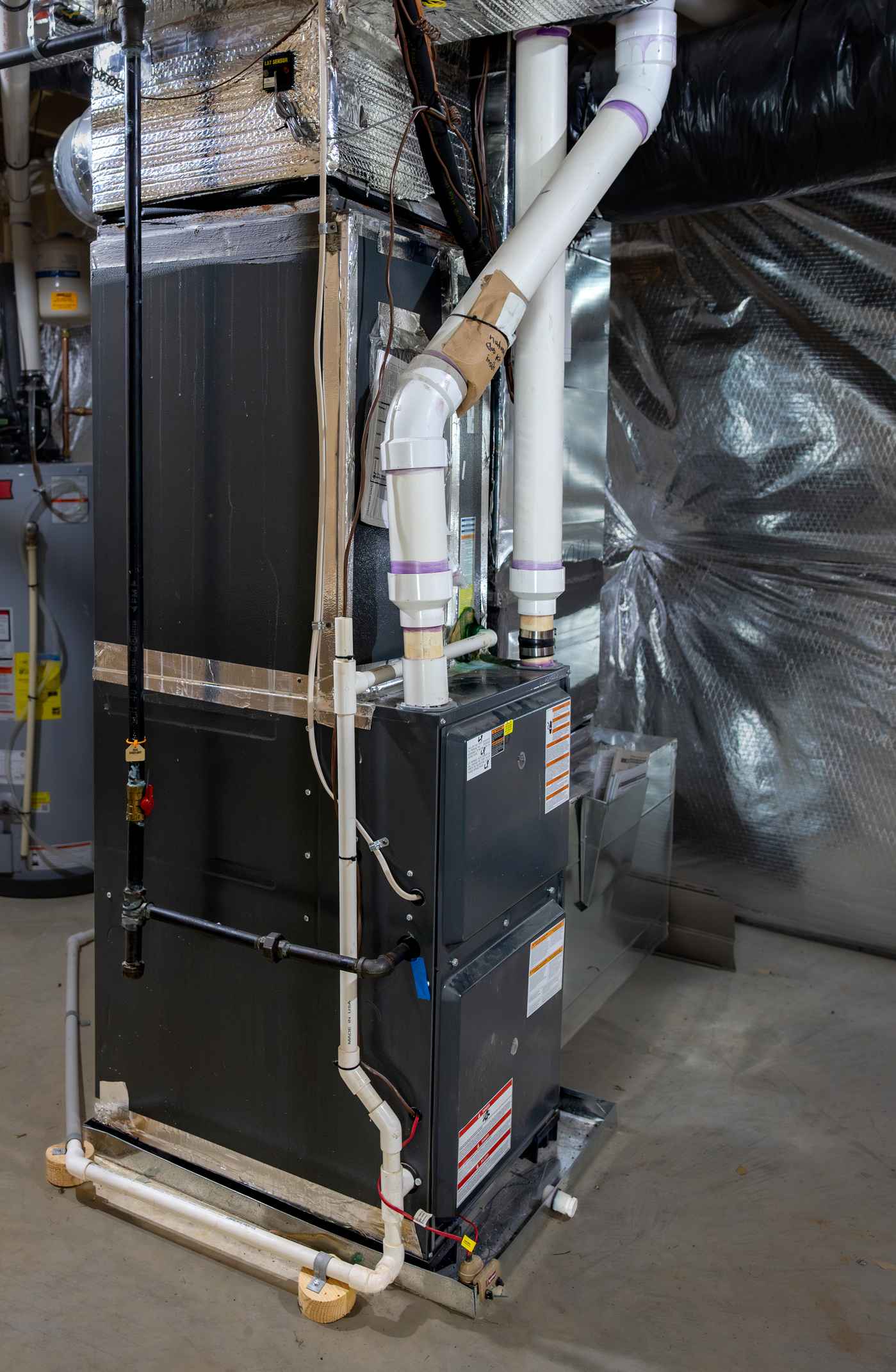
Preparing Your Austin Home for the Switch from AC to Heat
